This review page is supported in part by the sponsors whose ad banners are displayed below |
 |
Vivid’s requirements are rather demanding and specific.
Each driver must behave pistonically over its band. Enclosures must be free of in-band internal resonances and free of external discontinuities on a scale which will affect the wave front. Drivers must be spaced as close as possible to minimize vertical off-axis cancellations. Horizontal off-axis response must be smooth and monotonic. The crossovers are designed to keep adjacent drivers in phase and there’s consistency of driver philosophy for each band.
|
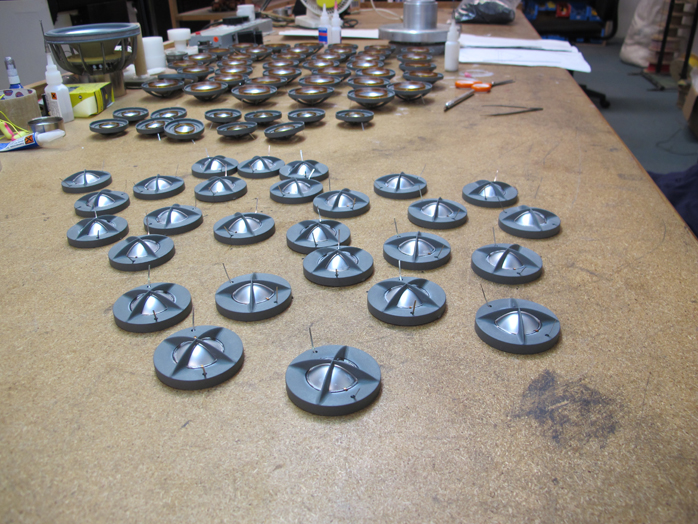 |
These requirements led Vivid into a complete development process of sophisticated parts. They for instance developed domes not perfectly round but more parabolic with higher break-up frequencies, new magnet topologies, new basket designs and new ways to mount the drivers which suspend on the baffle with O-rings to reduce energy transfer.
|
 |
All cabinets have smoothly flowing shapes particularly around the mid and high-frequency drive units and make extensive use of damped exponential tubes for rear loading. At this stage Dickie really benefits from the use of computer-aided tools although a big part of the preparatory phase called for physical models and direct confrontation of real-world measurements with predictive software data. It's clear that how Vivid designs is a few steps ahead of most competitors' medieval handiwork. But at the end of the day nothing can fully substitute for experience and quality of execution. Vivid seems to operate with a fair balance between capitalized experience, high modeling standards and advanced technical skills.
|
 |
The fact of having nicely behaved parts with broadly similar makeup leads to a system where according to Dickie aiming for a flat response is actually a completely valid goal. Main adjustments and final balancing are mostly performed along subjective impressions in various rooms. Considering their drivers’ consistency, it's quite rare for Dickie to find subjective results disagreeing much with measured on-axis frequency response.
|
|
|
Dickie’s metal drivers obviously have their roots in B&W's Nautilus project. At that time Laurence was trying to make moving-coil dipole speakers. Removing the cabinet focused his attention on the specific sonic signature of B&W's Kevlar midrange cones. His search for better neutrality gave rise to the development of metal domes which delivered purer performance up to first break-up hence this platform would form the central basis for any new Laurence Dickie speaker systems.
|
 |
The main innovation of Laurence Dickie's subsequent work resides in his attention to internal cabinet reflections. The idea of coupling a driver to a tube to exhaust its backwave was a quite ideal solution except for the required length for larger drivers. Tapering a tube and filling it exponentially with damping fiber finally allowed him to reduce the necessary volume by two thirds and outperform the original solution. This was subsequently applied to all drivers.
|
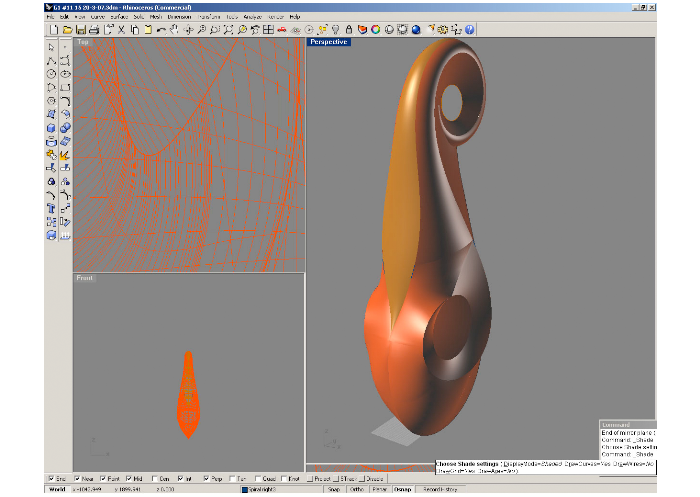 |
When personal business had me return to Johannesburg recently, I contacted Philip Guttentag to organize a first meeting in person. The Vivid factory is located in the Durban suburbs, one of the main industrial areas of Southern Africa. Like Johannesburg, Durban is continuously expanding.
|
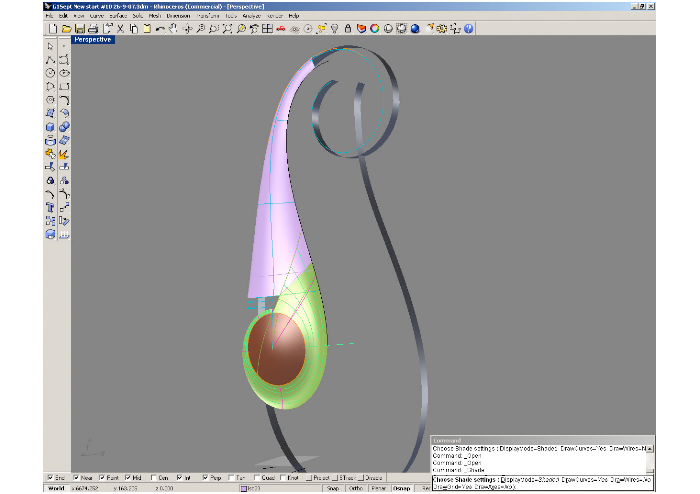 |
The plant is a big warehouse where 30 people work to manufacture some of the world's most attractive speakers.
|
 |
Unlike most speakers companies operating as job shops to screw OEM drivers into outsourced boxes and connect them to outsourced crossovers, Vivid's manufacturing process is fully integrated. Every sub assembly is built in house though obviously cones, domes, voice coils, surrounds, driver baskets, magnetics and other basic components are made to their specification with their own tooling elsewhere.
|
|
At nearly 1.450 square meters the Vivid plant is rather large.
|
 |
 |
Most of the team are South African and black and support the Bafana Bafana national football team. I asked Philip if black empowerment regulation had any particular impact on the company. I am particularly concerned with such legal issues in my professional oil & gas activities in South Africa. The black empowerment law there was created in 2003 to better integrate the native populace with the national economy and to substantially change the racial profile of company ownership, managerial and production staffs. The main assessor is the BEE Black Economic Empowerment score card which tracks the overall level of black community integration according to 10 criteria. The BEE charters of involved companies are limited to big industry like petroleum, liquid fuels and mining. Small companies like Vivid are not directly involved but the organization of this company seems nonetheless a model of successful integration.
|
 |
My first contacts with Vivid’s partners led to questions over a short interview and subsequent collection of local postcards. I hope the next stage of this exposé will give me an opportunity to review one of Vivid latest speaker developments like the G2 or forthcoming G3.
|
 |
"Is there any particular reason for your Durban location over Cape Town or Johannesburg?"
|
 |
Philip Guttentag:
"The only reason is the simple fact that I live here. We actually are in close proximity to the busiest port in Africa which can be quite useful."
|
 |
"You mentioned to be currently working on the release of the third member of the Giya family, the G3. When do you expect to introduce this new speaker to the market?"
|
 |
Philip Guttentag: "We are targeting Q4 of 2011 for the release. We also plan to to complete the Giya range with a center channel as soon as possible."
"The G3 ought to have a very reasonable size considering the dimensions of the G2. What will be the differentiation with your older K1 or B1 loudspeakers and what link do you see between this speaker and the two others?
Philip Guttentag: "Unlike with most high-end manufacturers all our models share the same componentry. The main distinction between a Giya model and our other products are complexity of cabinetry and the specific woofers unique to Giya. The vented exponentially tapering LF cabinet design is derived from the work Laurence Dickie has done over the years on tapering horns and has resulted in a patent on this work. Obviously the sonic performance of each Giya speaker goes further than any of our others. The G1 for instance is a four-way design with five drivers whereas B, K and C are 3.5-way designs. The G1's two 11" anodized aluminum woofers are mounted on opposite sides of the cabinet and mechanically coupled. Directly behind each woofer is a vent tuned to 23Hz and the drivers themselves are loaded by the aforementioned curving tapered tubes tuned to 100Hz. This kind of design demanded a lot of technical efforts to get the final results and we do believe that our flagship is truly one of the most advanced speakers within the current high-end market and for that distinction still reasonably priced. G2 and new G3 inherit G1 technology with more compact dimensions. Giya speakers have dedicated lower midrange drivers and more advanced filter designs than the K, B and C equivalents.
|
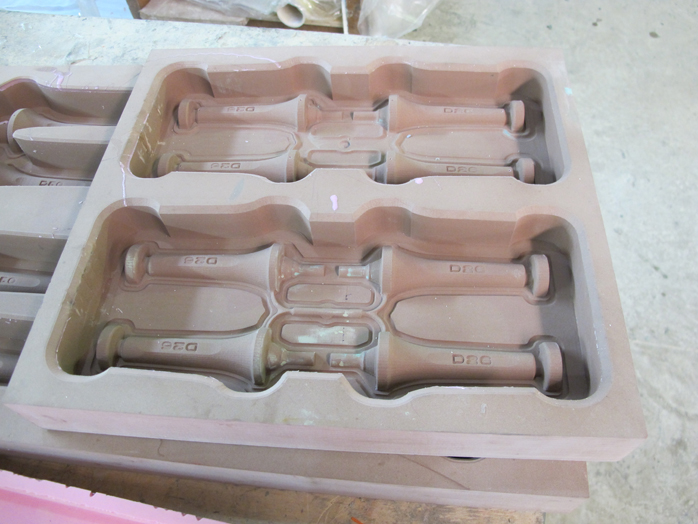 |
"I suppose hand labor for a G1 is more involved too. How many hours are required for building, polishing and painting the cabinets alone?
Philip Guttentag: "The process to manufacture a Giya cabinet ready for driver install takes about ten days including curing. The product moves through many people's hands during this process so it's difficult to accurately reconcile man hours."
"Until today Vivid seems to have been working mostly on improving the original Nautilus concept. Are there any new technical directions on the horizon?
Laurence Dickie: "At the moment we have no specific plans to take any new directions. We respect a number of other valid transduction methods but our conviction is still intact that the basic principle must be using moving coils connected to acoustically small diaphragms which remain pistonic throughout their range. We believe the performance of our drivers to be at the upper limit of what's possible and while there will probably be evolutionary improvements to both diaphragms and motors as more detailed analysis shows the way forward, our fundamental driver designs are currently stable.
The use of the exponential tube absorber on the back offers nearly ideal performance and is unlikely to change in the foreseeable future.
Of course there is never any telling what stroke of inspiration or combination of factors may turn up at any moment. We must always be prepared to change everything should such a thing come about. But for the moment it’s ‘steady as she goes’."
|
|
|
"Could active speakers be part of your plans one day?"
|
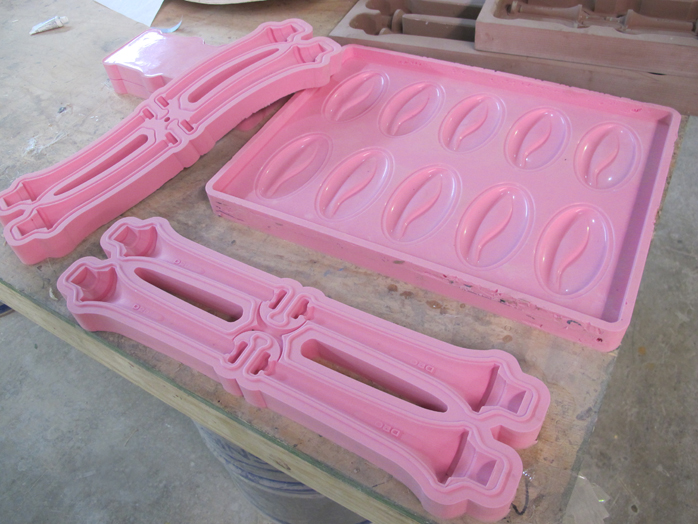 |
Laurence Dickie: "I have always been a keen advocate of the active approach to loudspeaker design, believing that the direct connection between amplifier and voice coil offers the purest route and that the precision and linearity of active electronics give a clear advantage over passive alternatives. However for pragmatic reasons we felt it unwise to go to market with only active speakers. An important part of the design phase of the first Vivid Audio products was a re-evaluation of passive crossover design. It has to be said that the use of computer-aided circuit analysis has really changed the game. The accuracy possible to meet target responses while presenting a safe load is quite remarkable. This coupled with drivers which present constant impedances across a wide range of drive levels, non-polar film dielectric capacitors and air-cored inductors has permitted us to create passive designs which really challenge the active alternatives." |
  |
 |